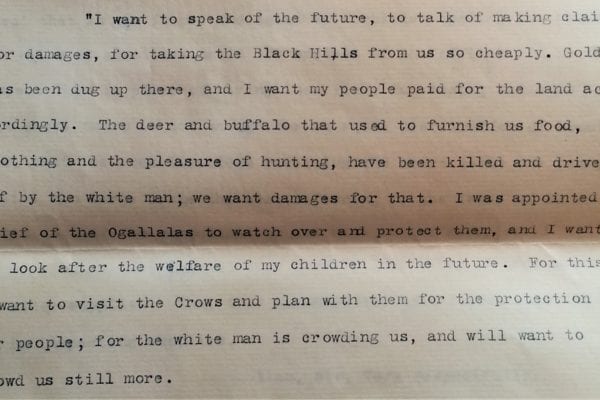For federal policy makers, however, dancing only served to remind Indians
of their prereservation lives. It was a practice of the past, a “demoralizing influence” that detoured the path of progress.
For an agent at Devil’s
Lake, visiting parties brought dances, and the dances brought out the “paint and
feathers,” the bodily decorations of the uncivilized. Government officials, missionaries, and reformers included antidancing rhetoric in their civilizing
campaigns because dances were
the expression and promotion of so-called uncivilized, non-Christian ideas. Like the information spread by Indians in order to subvert colonial control, Indigenous religious concepts were also
thought to be damaging to the US government’s efforts. There
was
little
concern for the First Amendment rights of Native Americans because
they were
not US citizens, and policy makers limited
Native dancing for the
sake of white sensibility. It was not until
1978’s American Indian Religious
Freedom Act that government interference with the exercise of Indigenous
religious belief was deemed illegal by Congress. But back in 1883, commissioner
of Indian affairs Hiram Price opined that there
was “no good reason
why an Indian should be permitted to indulge in practices which are alike repugnant to common decency and morality; and the preservation of good
order on the reservations demands that some active measures
should be
taken to discourage and, if possible,
put a stop to the demoralizing influence
of heathenish rites.”



